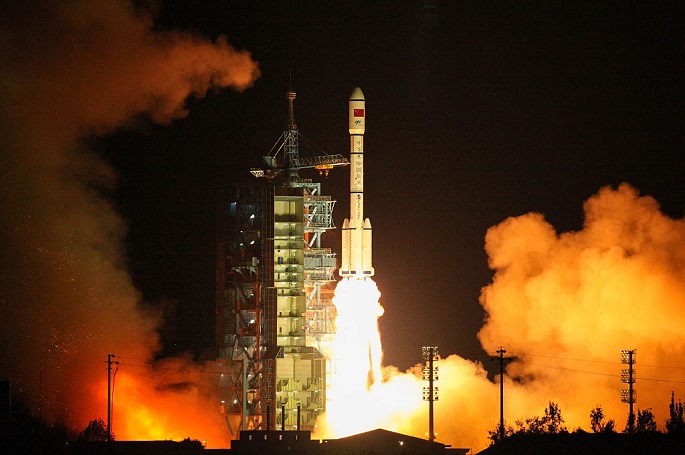China experiments on wine-producing vines and sends three varieties into space in the hope to produce more resistant vines that can adapt to Chinese weather.
On Sept. 15, during the Mid-Autumn Festival, the Tiangong-2 space laboratory was launched into space, carrying with it Cabernet Sauvignon, Merlot and Pinot Noir vines. Chinese scientists hope that exposing these to extreme conditions will bring about genetic mutations, making them more durable against cold, drought and viruses.
The vines were from the wine-producing region of Ningxia and will be returned there to be compared to a control group.
Ningxia is one of the emerging wine regions of China and is internationally recognized for its fine-tasting wines. According to chinafinewines.com, what makes Ningxia wine special is its high natural sugars and fruit content, caused by the region's low humidity, strong westerly winds, and intense sunshine.
However, Ningxia is also marked for harsh climatic conditions, and farmers have to bury the vines during winter to keep them from the freezing temperature.
According to research climatologist Gregory Jones, in his article in earthmagazine.org, climate plays a major role in the optimum production of grapevines and wine quality. Grapevines, having a narrow climate niche, are so much affected even with little changes in the environment.
Therefore, growers today are faced with challenges on how to address this and find a variety which will have an excellent adaptability.
China Customs data showed that China imported an overflowing 260 million liters of wine in 2010, and this grows 58 percent yearly (cwsa.org).
Moreover, a Vinexpo/IWSR (International Wine and Spirit Research) study reported that China is the fifth largest wine market in the world.
If the space experiment became successful, China might find its way up to the wine industry, supply its own big demand, and, who knows, supply the global market with its yet-to-come space-class wine.



























